John Swinney’s demand for a tailored Scottish immigration policy, on the face of it, could go some way to helping Dundee University recover from its financial deficit.
The first minister has proposed the creation of a Scottish graduate visa, alongside new immigration powers for Holyrood, which would allow overseas students to remain in the country when their course finishes.
“It would provide another reason why an individual might choose to come to Dundee University as opposed to a university in a different jurisdiction, because they had the prospect or possibility of being able to stay here for longer if the Visa scheme was successful,” he told The Courier.
The SNP government is banking on the plan making Scotland a more attractive study-destination — boosting our sluggish economy and throwing the struggling higher education sector a lifeline.
The so-called “hostile environment” pursued by the previous UK Government sought to drive down immigration numbers, including among those coming to our universities.
Whatever the merits of such a policy, it made Scotland and the UK a less attractive place to come to study.
It also failed to account for different regional needs.
Crucial sectors, public and private, have struggled to recruit as a result. Businesses local and national have even considered re-locating, taking jobs and investment with them.
So any discussion about how Scotland’s unique immigration needs can be taken into account should be broadly welcomed.
It would be unhelpful for it to be dismissed out of hand due to political pressure from parts of the country with different needs.
In any case, while this debate rumbles on, the crisis at the University of Dundee seems to require a more immediate solution.
The £30 million deficit is not solely the result of falling overseas recruitment.
While the university has still to come forward with answers about how it got into this situation, staff and politicians have raised concerns about the role unwise spending choices and potential mismanagement have played.
The future sustainability of Dundee University, crucial as it is to the city’s social and economic future, cannot be solely dependent on fee-paying international recruits.
One year of bad recruitment should not push such a vital asset to the verge of closure and questions remain about why Scots universities were seemingly over reliant on those fees.
Any recovery plan put forward by the Dundee University must address this.
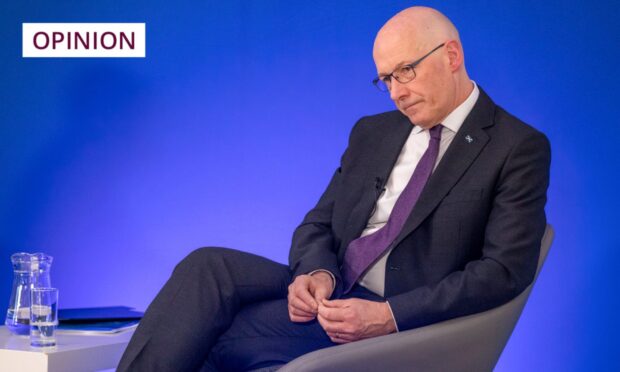
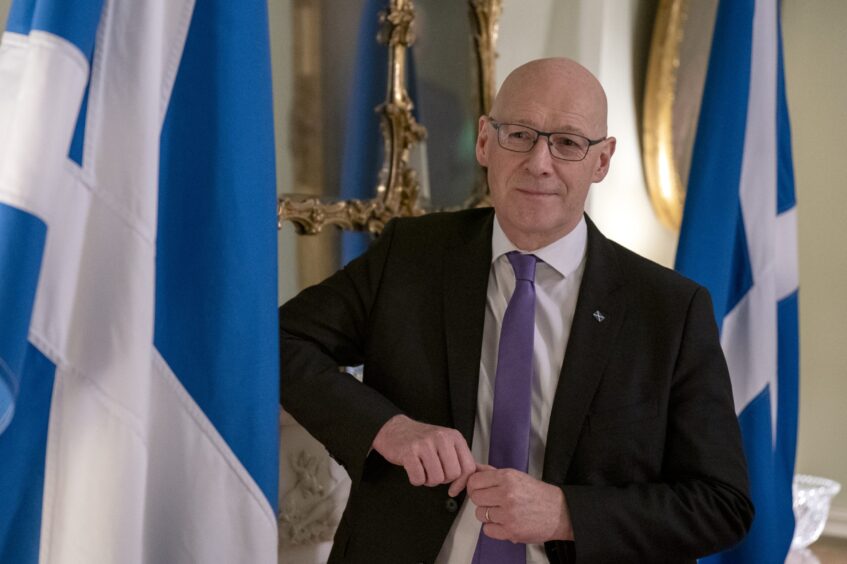
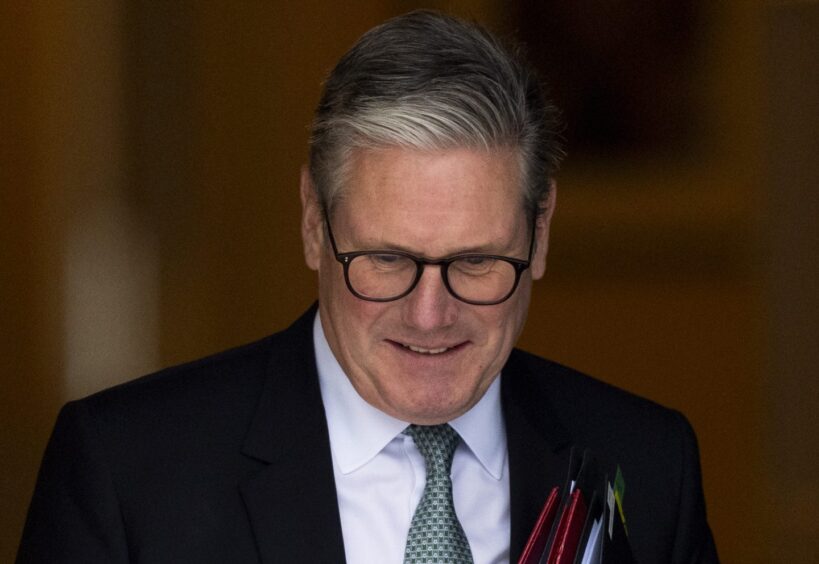
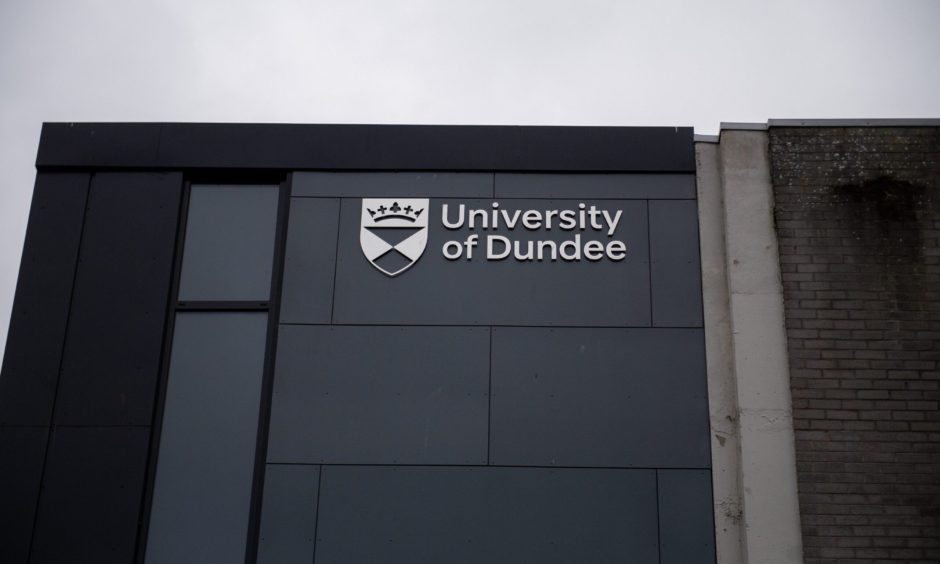
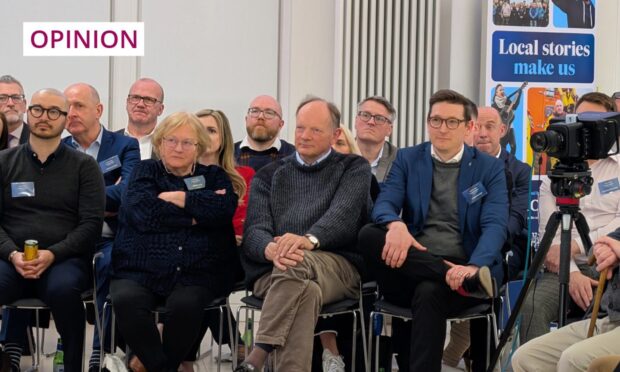
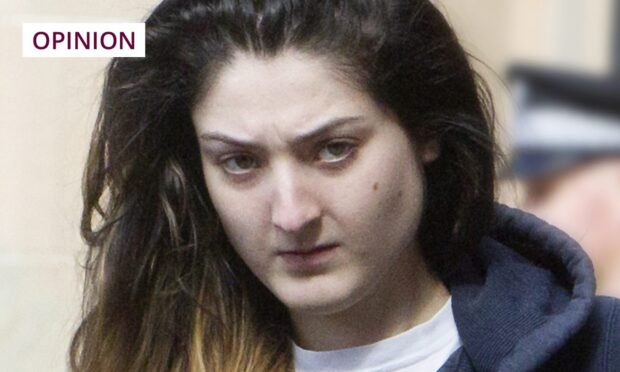
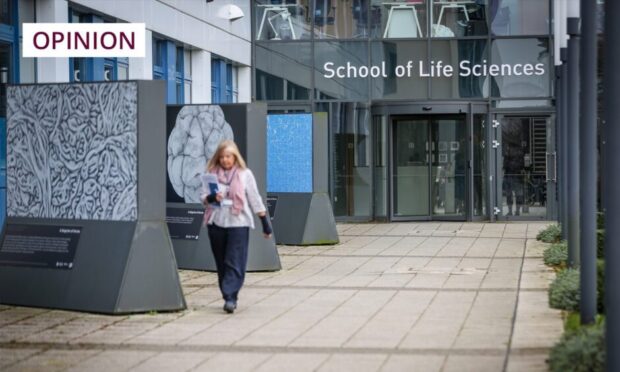
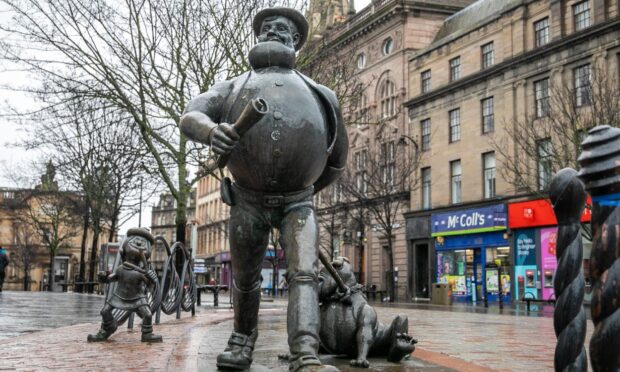

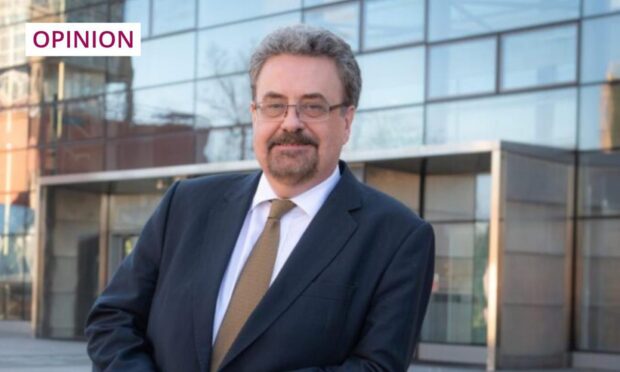
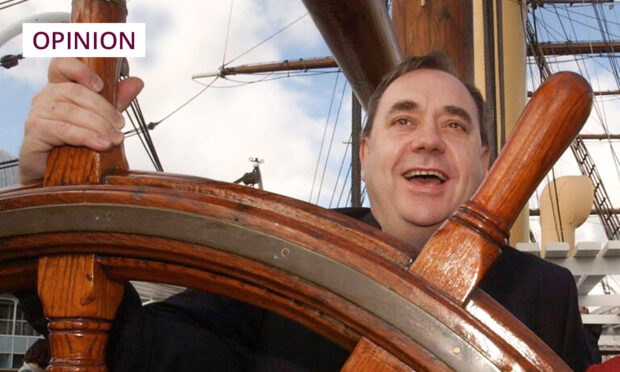
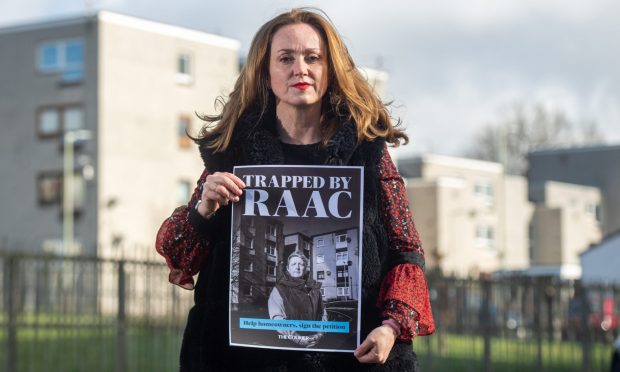
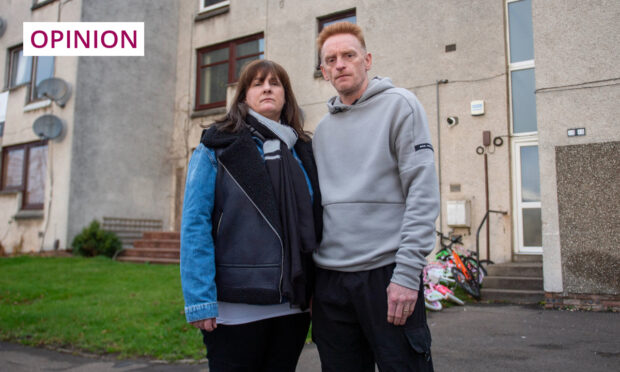
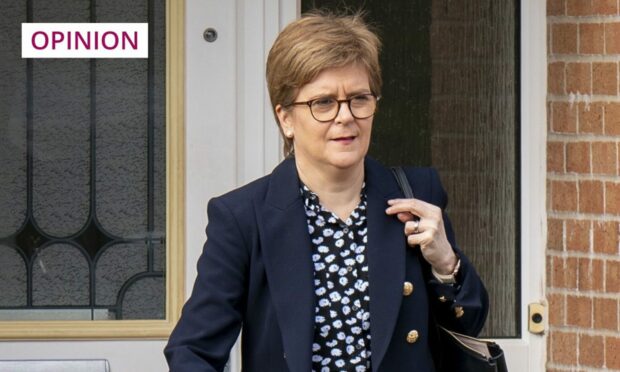
Conversation